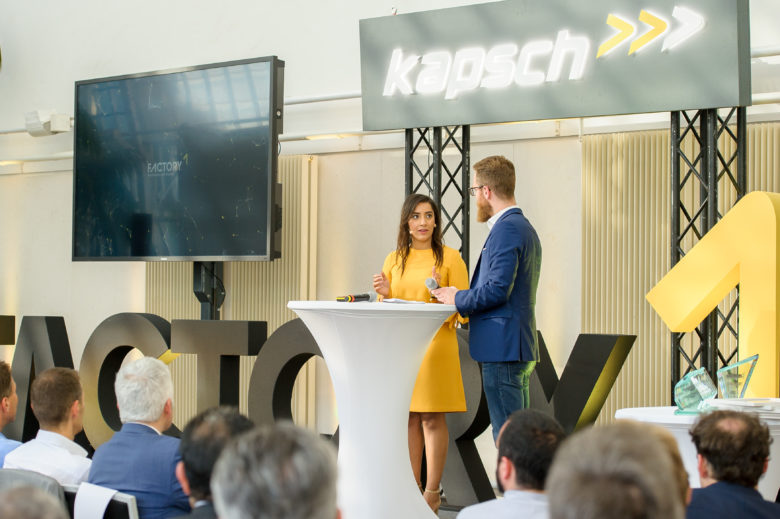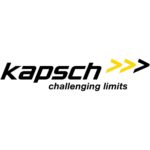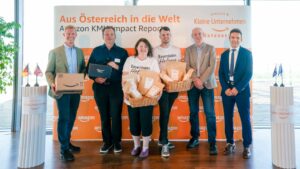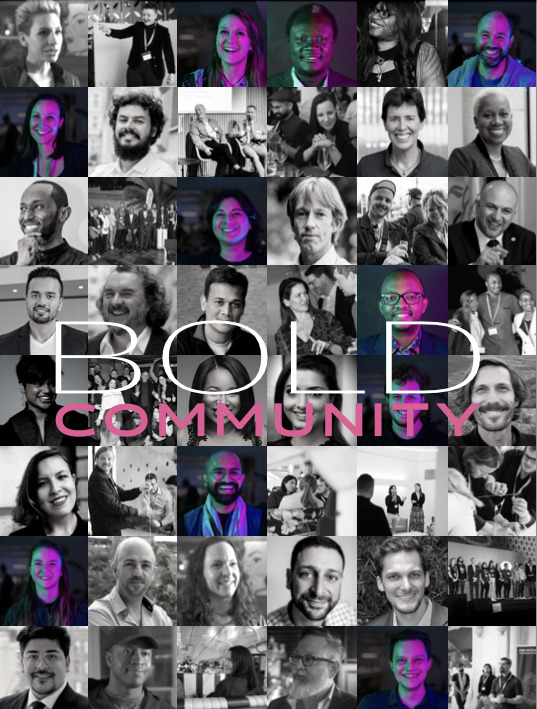Corporates & Startups: How to Avoid Mistakes in The Post-Acceleration Phase

Factory1 is one of the most popular examples of a corporate startup accelerator in Europe. The second Factory1 edition led to two partnerships between startups and the Austrian company Kapsch TrafficCom. Still, several stumbling blocks to promising corporate-startup partnerships are bound to come up in the post-acceleration phase: conflict with existing business, lack of buy-in from decision makers, and insufficient resources.
In a new whitepaper, Kapsch is reflecting on the lessons learned from the accelerator, which can be downloaded here for free. The whitepaper shows five ways on how to keep corporate-startup collaborations going during the post-acceleration phase.
What is the post-acceleration gap?
Simrit Sandhu: We can all acknowledge that large corporates like Kapsch and small startups are highly complementary in many aspects. We as a corporation get support in search for innovation and our startups receive help to improve their execution. Despite the mutual interest and complementary assets, we have faced several barriers in successfully collaborating. It is a fact that diverse ways of working and cultural differences make us distinctly different organizations.
The pace and intensity of the Factory1 program requires tremendous efforts and focus from all stakeholders involved. Within these 4 months, many rules and structures don’t apply to us. After the accelerator though, corporate mentors are likely to return to their daily jobs and the priorities of our startups might shift as well. The post-acceleration gap is essentially what we call the divergence in working styles of Kapsch and our startups after the demo day.

What are the most common mistakes that happen in the post acceleration phase?
One of the mistakes that is made during the program and has strong implications in the post acceleration phase is not linking the startup to the right stakeholders within and outside of the organization. We are therefore very thoughtful in setting up various touch point throughout the Factory1 program, introducing the startups to Kapsch executives, managers and experts.
Another risk is fading interest after the demo day in the collaboration. Building up a business opportunity and losing focus and drive after the demo day can happen very quickly. It is one of the major pitfalls that comes with the post acceleration gap and a mistake we are trying to prevent at all costs.
But after putting an enormous amount of effort, time and financial resources into an acceleration program like Factory1, the most painful mistake would be to completely lose touch with the startups. Keeping at least some level of connection can bring valuable insights int future developments on both sides and potential business opportunities down the road.
How can these mistakes be avoided? How do you prevent drop-offs?
We have worked out two approaches to avoid a fading connection with our Factory1 startups. First, we involved the business unit managers right from the start which eliminated the need for an actual hand over from the accelerator management team to the business after the acceleration phase. The business units took ownership by defining the search fields for the program and appointing Kapsch mentors for each area.
Second, we empowerd the Kapsch mentors as relationship owners and as the main startup collaboration contact for the acceleration phase and after. They walk with the startup from start to finish and beyond.
The main problem we tried to avoid was having to internally “sell” the startup-project after it has already been proven successful in the acceleration program. From our experience, that’s the moment when the collaboration collapses. But having driven Kapsch mentors guiding the startup through the organizational complexities has proven to be incredibly important.
After the accelerator, corporates and startups are likely to return to their daily business. How can they keep on working together?
For our second edition of Factory1, we took an active interest in the progress of the collaboration, rather than relying on requests from either our business units or the startups for continued conversations. We held biweekly update calls with the startups and internal stakeholders who might benefit from the startup’s solution.
Introducing our startups to many internal stakeholders beyond the program helps them to reduce the dependency on their mentor and should give an insight to the complex corporate decision-making processes.
What was your biggest learning from the Factory1 post acceleration phase?
It is essential to clearly define which corporate relationship helps the projects current trajectory. In our case, we place a strong focus on generating interest from first customers in order to get the required support from all inhouse stakeholders. Luckily our startups are very proactive when it comes to getting exposure and suggesting customer development opportunities to us.
In the end, both us and the startups gear all efforts towards taking the next step on our journey to a long term strategic partnership.



























